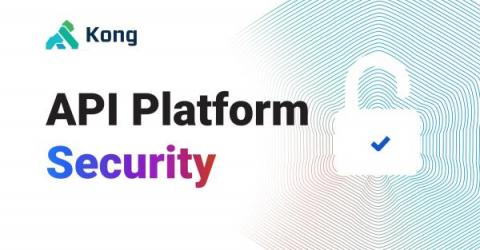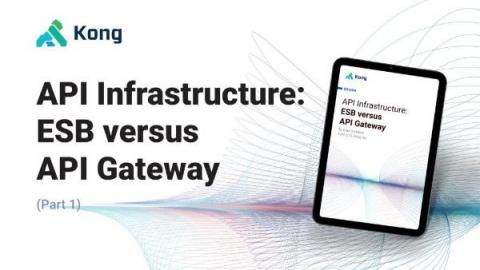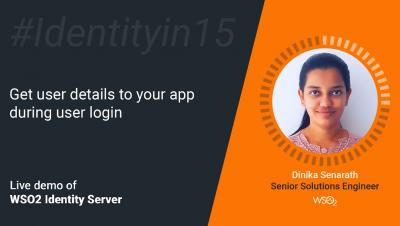Webhooks Explained - What are they & Which tools are best to create them?
As project needs evolve and expand, people need tools or software to enhance business operations and improve productivity. Over the past few years, several frameworks have been designed to aid the development of such tools and software, and among them webhooks are prominent ones. Webhooks are essentially tools used to automate business processes and allow organizations to provide interactive capabilities to customers.











